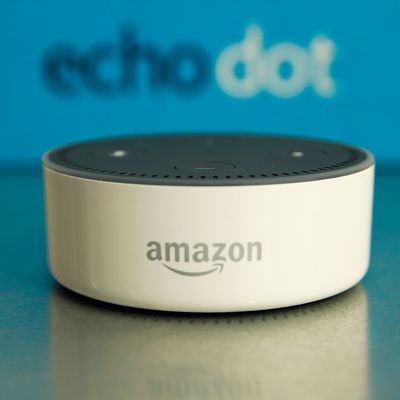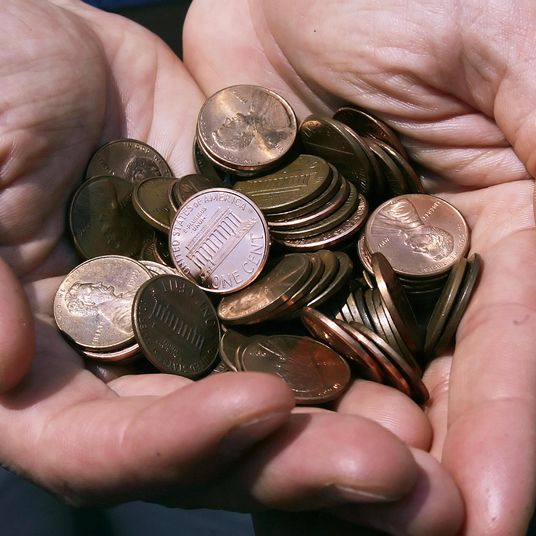
The Amazon Echo Dot was one of the most popular items on Amazon during the 2017 holiday season. Amazon put out a triumphant press release, saying the Amazon Echo Dot was “the best-selling product from any manufacturer in any category across all of Amazon, with millions sold.” The Dot was priced aggressively throughout the holiday season — Amazon sold it for just $29.99 from Black Friday until the end of December.
What wasn’t mentioned in the press release was that Amazon wasn’t making a ton of money from selling all of those Dots — or perhaps any money at all. ABI Research did a teardown of the second-generation Amazon Echo Dot, and found that the six microphones, speakers, and semiconductors included in the Dot would cost about $31.
“With Amazon selling at $29, they were definitely losing a little bit of money, or they were selling at cost,” says Jim Mielke, vice-president at ABI Research. The $31 figure ABI Research arrived at, says Mielke, doesn’t even factor in things like shipping, overhead, or the cost of licensing.
But that may not matter much to Amazon. The company has always been more than willing to sell products at a loss in an aggressive bid for market share. And a report from Consumer Intelligence Research Partners today shows that people with an Echo in their home spend 66 percent more than the average Amazon customer. CIRP found that the average household that uses Amazon spends about $1,000 per year on the service. A household with a Prime membership spends about $1,300. But a household with an Echo spends about $1,700 every year.
“We’ve known for a while that Prime members spend much more than average,” says Michael Levin, president of CIRP. While Amazon eats some money upfront by promising free two-day shipping, the increased amount that Prime members buy from Amazon makes it work out in the end. But the Echo, says Levin, represents an even better deal. Amazon only eats the one-time cost of shipping you a Dot, and then from there reaps the benefits.
Of course, as with any study of this nature, correlation doesn’t prove causation. It’s entirely possible that households that are willing to shell out for a device to talk to are just higher-spending households in general, or just more loyal Amazon customers. (Anyone who has actually tried to shop on Amazon purely through an Echo knows it can at times be an aggravating experience.)
Still, CIRP data show that the average household with an Echo will end up spending $700 more than a house without Prime and an Echo, and $400 more than a household with just Amazon Prime.
“In other words,” says Levin, “Amazon could give these away — which they kind of do — or even pay customers to own them, and still come out ahead.”





























